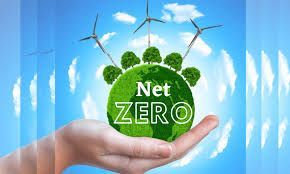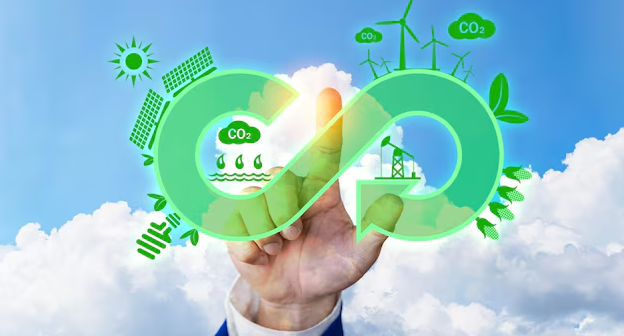Australia’s Net-Zero Ambitions Are Stalling - Is the Real Problem a Talent Shortage?
A Sobering Reality Check
Australia’s emissions reduction report card is in, and it makes for uneasy reading. Strip away land use changes, and national emissions have dropped just 3% since 2005. While federal targets remain focused on achieving net-zero by 2050, progress is painfully slow across energy, transport, and industrial sectors.
Politicians may debate policy, and analysts may point to infrastructure bottlenecks, but there’s a more human variable we urgently need to talk about: talent. Could the decarbonisation lag be less about ambition and more about our inability to scale the workforce to match?

The Clean Energy Rollout Is Understaffed
Every major renewable project - solar, wind, transmission, storage - is ultimately delivered by people. Engineers, planners, project managers, community engagement leads, grid specialists, policy negotiators: the list goes on.
Yet almost every hiring brief in these sectors comes with the same caveat: "hard to fill".
While the appetite for investment and infrastructure is there, the workforce often isn’t. In a sector growing at exponential pace, the supply of job-ready candidates is still frustratingly linear.
Transmission Troubles: A Case Study
This month, APA Group announced its withdrawal from several major transmission bids, citing strategic realignment. But industry insiders know that talent capacity is one of the key constraints facing transmission infrastructure rollouts nationally.
Big builds require even bigger teams: engineers, environmental assessors, Indigenous engagement specialists, safety leads, and grid compliance experts. When even the largest players can’t staff these projects quickly or reliably, timelines blow out.
The Talent Bottleneck Has Consequences
Here’s what happens when talent isn’t part of the decarbonisation strategy:
- Projects are delayed, sending mixed signals to investors
- Knowledge is hoarded by a small group of senior professionals
- Burnout becomes common as lean teams stretch to cover more ground
- Regional opportunities are missed due to lack of workforce planning
Australia doesn’t just have a skills gap, it has a systems gap between ambition and action.
What We Need to Fix It
If Australia wants to hit net-zero targets, we need more than tech. We need an employment ecosystem aligned with the energy transition.
That means:
- Building stronger pathways from university and TAFE into climate careers
- Incentivising experienced professionals to shift from adjacent industries
- Supporting purpose-led startups in accessing top-tier commercial talent
- Funding workforce planning and forecasting alongside project development
Where Purpose-Led Hiring Comes In
At Careers for Purpose, we’re already seeing strong candidates raise their hands for climate-aligned work. But many struggle to navigate the fragmented job landscape or translate their skills across sectors.
Equally, many climate-tech startups and scaleups underestimate how long it takes to attract, assess and onboard specialist hires. Talent is still treated as a last-mile concern, rather than a strategic input.
Our message? Hiring is not a downstream task. It’s an accelerant. The right people, in the right roles, at the right time - that’s what moves climate ambition from press release to progress.
Final Thoughts: Net Zero Is a People Problem
Every new emissions target, clean energy announcement or policy shift needs a workforce ready to deliver. And right now, we’re underprepared.
If the last few years have taught us anything, it’s that technology alone can’t save the planet. We need people - trained, empowered, purpose-driven people — to build the transition.
Because without talent, there is no transformation.



